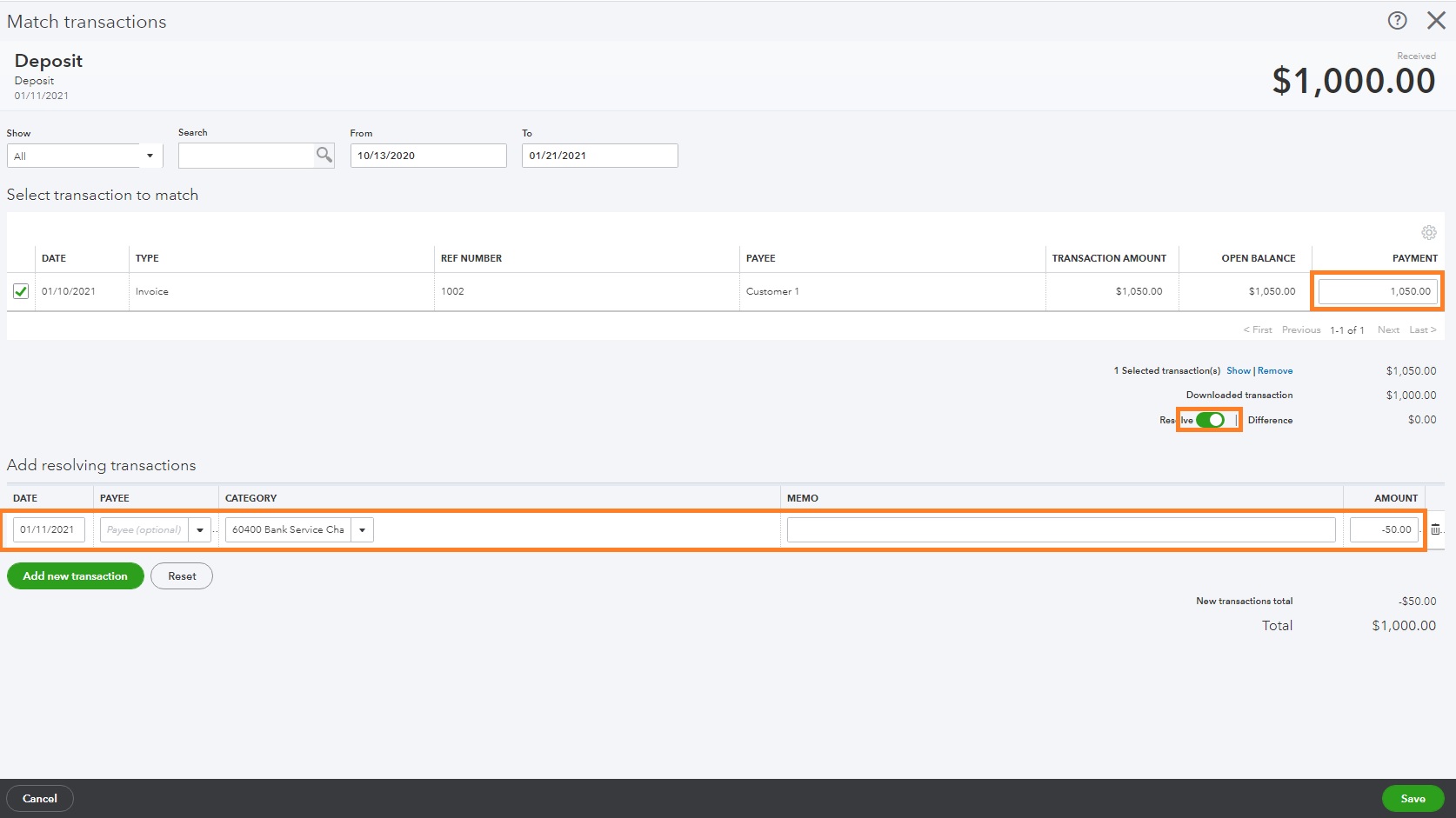Home>Finance>Risk Analysis: Definition, Types, Limitations, And Examples


Finance
Risk Analysis: Definition, Types, Limitations, And Examples
Published: January 21, 2024
Learn about the definition, types, limitations, and examples of risk analysis in finance. Gain valuable insights into managing financial risks for better decision-making.
(Many of the links in this article redirect to a specific reviewed product. Your purchase of these products through affiliate links helps to generate commission for LiveWell, at no extra cost. Learn more)
Risk Analysis: Definition, Types, Limitations, and Examples
Welcome to our Finance category! In this blog post, we will dive deep into the world of risk analysis. If you are wondering what risk analysis is, what its various types are, its limitations, and how it is applied in real-life scenarios, you’ve come to the right place! We will provide you with valuable insights that will not only enhance your understanding of risk analysis but also help improve your financial decision-making process.
Key Takeaways:
- Risk analysis is the process of identifying, assessing, and prioritizing potential risks to achieve effective risk management.
- It involves studying the probability, impact, and consequences of risks, allowing businesses to develop strategies to mitigate or eliminate them.
What is Risk Analysis?
Risk analysis is an essential component of risk management, allowing individuals and businesses to make informed decisions by evaluating potential risks and their impact. By identifying and analyzing risks, organizations can develop strategies and contingency plans to minimize potential losses.
Risk analysis typically involves the following steps:
- Identifying Risks: This step involves identifying potential risks that could impact the organization’s objectives or projects.
- Assessing Risks: Once risks are identified, they are assessed based on their probability of occurring and the potential impact on the business.
- Prioritizing Risks: Risks are then prioritized based on their significance, enabling organizations to prioritize resource allocation and risk mitigation strategies.
- Developing Risk Mitigation Strategies: After prioritizing risks, organizations develop strategies to mitigate or eliminate the identified risks.
- Monitoring and Reviewing: Risks are continuously monitored and reviewed to ensure that mitigation strategies are effective and up-to-date.
Types of Risk Analysis:
There are various types of risk analysis that cater to different aspects of organizational risk management. Let’s take a look at some common types:
- Qualitative Risk Analysis: This type of analysis focuses on subjective and descriptive assessments of risk likelihood and impact. It considers expert judgment and is useful when there is limited data available.
- Quantitative Risk Analysis: In contrast to qualitative analysis, quantitative risk analysis involves the use of numerical data and mathematical models to assess risk probabilities and quantify potential losses.
- Credit Risk Analysis: This type of analysis is specific to the banking and finance industry and focuses on evaluating the creditworthiness of borrowers to assess the risk of default.
- Operational Risk Analysis: Operational risk analysis involves identifying potential risks associated with an organization’s day-to-day operations and assessing their impact on business continuity.
- Market Risk Analysis: Market risk analysis examines potential risks arising from changes in market conditions, such as interest rates, exchange rates, and stock prices.
Limitations of Risk Analysis:
While risk analysis is an invaluable tool for decision-making, it’s important to recognize its limitations:
- Uncertainty: Risk analysis relies on assumptions and predictions, which may not always accurately reflect future outcomes.
- Data Limitations: Assessing risks often requires historical data, which may be limited or unreliable, especially for emerging risks or unique situations.
- Subjectivity: Qualitative risk analysis heavily relies on subjective assessments, making it susceptible to bias and inconsistencies.
- Unforeseen Risks: Risk analysis may not account for unforeseen risks or unpredictable events that can significantly impact an organization.
Real-Life Examples of Risk Analysis:
Let’s put theory into practice by exploring a few real-life examples of risk analysis:
- Insurance Sector: Insurance companies assess risks associated with insuring individuals or businesses, considering factors such as age, health, and occupation, to determine premium rates.
- Construction Projects: Project managers perform risk analysis to identify potential hazards, estimate project timelines and costs, and develop contingency plans.
- Investment Decisions: Investors analyze potential risks related to investment opportunities, considering factors such as market conditions, financial health of the company, and regulatory environment.
- Supply Chain Management: Companies analyze risks along the supply chain, such as supplier disruptions, demand variations, or transportation issues, to optimize efficiency and minimize operational disruptions.
Understanding risk analysis and its various types is crucial for effective risk management. By applying this knowledge, individuals and organizations can make informed decisions, develop robust strategies, and mitigate potential risks effectively.
Thank you for reading our Finance blog post today! Stay tuned for more informative content on various topics related to finance and investing. If you have any questions or topics you would like us to cover, feel free to leave a comment below! Happy risk analyzing!














